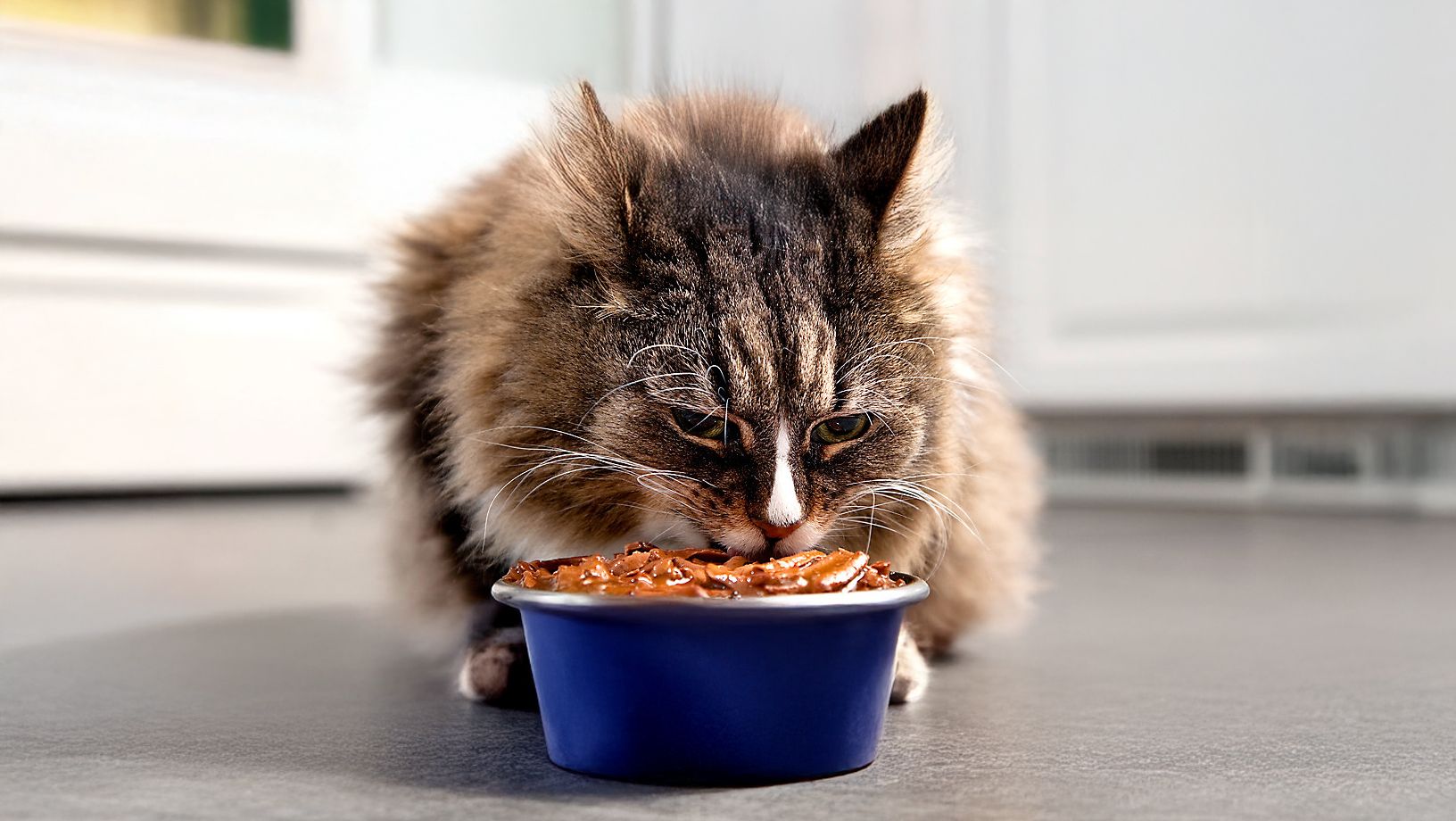How to Read a Cat Food Label

What to look for
Most cat food labels don’t just have a list of ingredients. In fact, they come with a lot of other information that can make no sense at first. Here’s a cheat sheet:
- Life stage. Is your cat a kitten? An adult? A senior? A cat’s nutritional needs change as they get older. The label will tell you whether the food is formulated for your cat’s life stage.
- Nutrition statement. Look for the nutrition statement that matches your cat’s life stage. Products can be for growth of kittens, maintenance of adult cats or all life stages
- Complete & balanced. Provides all the nutrition your cat needs. A treat or snack may provide fun interaction with your cat, but remember that they’re meant to be fed in limited amounts because they aren’t nutritionally complete and balanced.
- Special diets. If the food addresses other needs, such as ingredient sensitivities or joint support, the label will make that clear.
- Portion size. The label will also likely recommend how much to feed your cat, based on your pet’s optimal weight. Always adjust the amount to keep your cat in optimal body condition.
Understanding ingredients
Keep in mind that ingredients are in descending order, so those listed first are most prominent in the recipe. While some names may sound unfamiliar, they are usually just the official names of ingredients added to provide vitamins and minerals.
What is Guaranteed Analysis?
This tells you about the amount of key nutrients in each product for protein, fat, fiber and moisture with some also listing taurine, an important nutrient for cats.
The concentration amount varies by the food’s moisture level. These nutrients are adjusted in order to be sure that the right amount is available to your cat in each and every meal.

